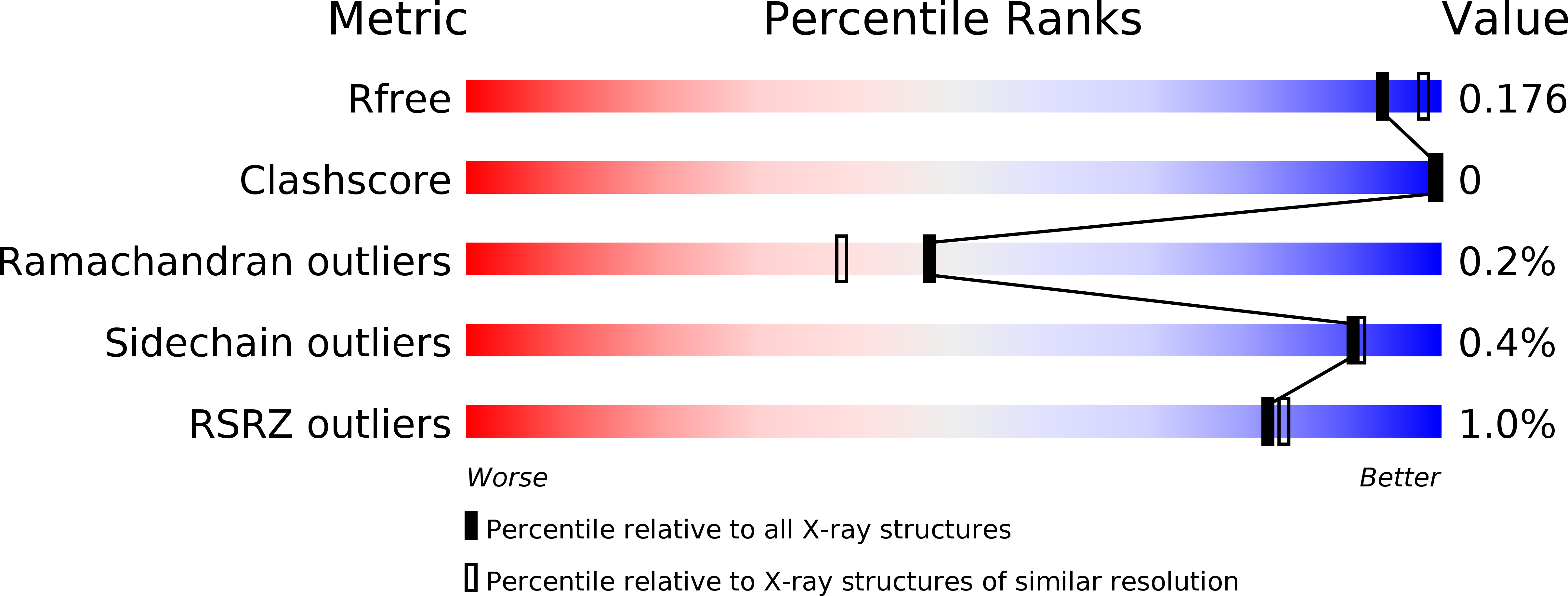
Deposition Date
2018-09-28
Release Date
2019-08-28
Last Version Date
2024-03-13
Entry Detail
PDB ID:
6MLT
Keywords:
Title:
Crystal structure of the V. cholerae biofilm matrix protein Bap1
Biological Source:
Source Organism:
Vibrio cholerae serotype O1 (Taxon ID: 243277)
Host Organism:
Method Details:
Experimental Method:
Resolution:
1.90 Å
R-Value Free:
0.17
R-Value Work:
0.16
R-Value Observed:
0.16
Space Group:
P 41 21 2


